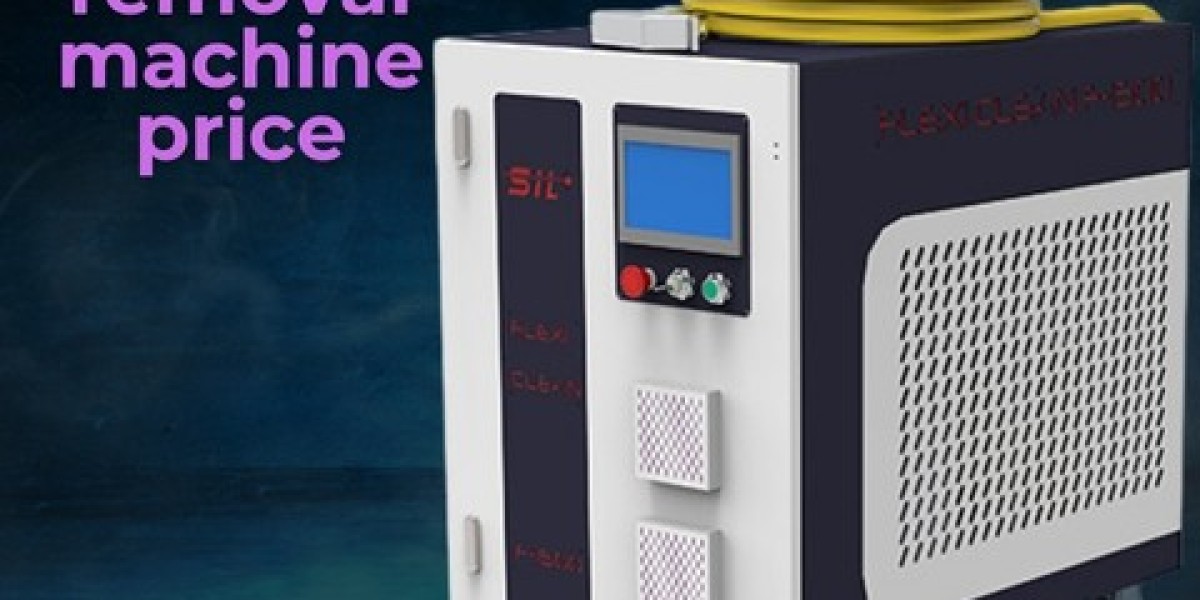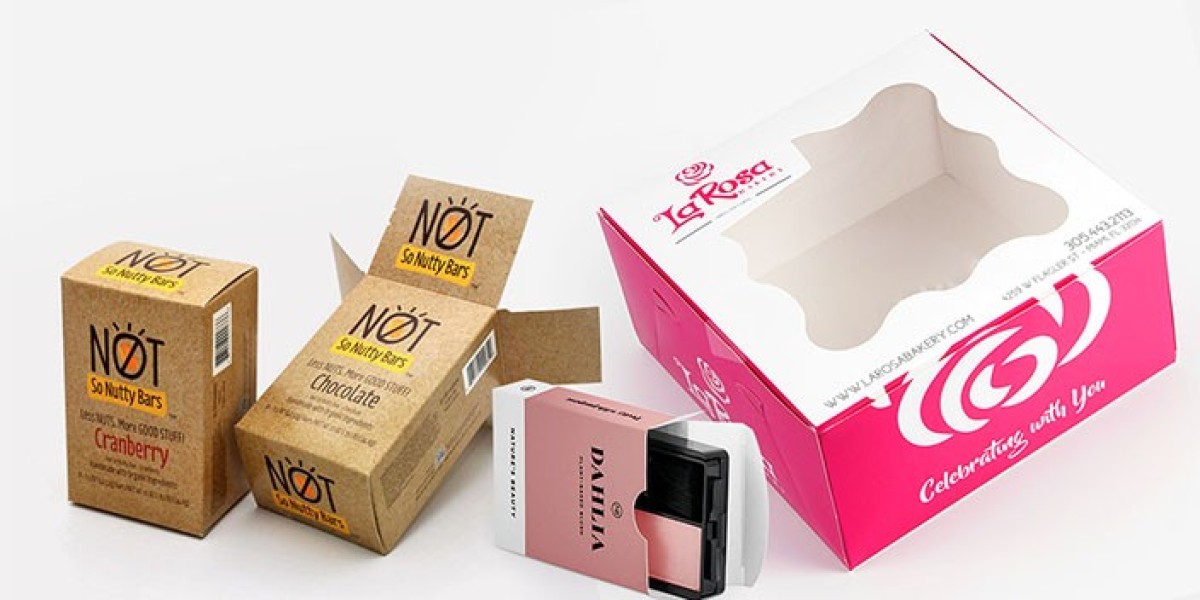A laser rust removal machine works by directing a high-energy laser beam onto a corroded or contaminated surface. The beam absorbs into the rust or unwanted material, breaking it down and vaporizing it without damaging the underlying base. Unlike abrasive blasting or chemical cleaning, the process is non-contact and requires no consumables.
The laser rust removal machine price is often linked with the laser power, build quality, and intended industrial use. Small handheld models cater to workshops or field maintenance, while large, automated systems target industrial production lines.
Factors Affecting Laser Rust Removal Machine Price
The laser rust removal machine price varies widely depending on several interconnected factors:
Laser Power Rating
Machines are available from 50W handheld units up to 2000W industrial systems. Lower-power devices handle light oxidation and precision tasks, while high-power machines are designed for heavy rust layers and continuous use. Naturally, higher wattage leads to higher cost.Type of Laser Source
Most machines use fiber laser technology, which is known for stability and efficiency. Within this category, differences in laser modules, cooling systems, and beam quality all influence the price.Mobility and Design
Portable units cost less than fully automated robotic systems. Handheld designs offer flexibility, while fixed installations are tailored for production lines and are priced accordingly.Durability and Build Quality
Machines intended for harsh environments are built with reinforced structures, advanced cooling, and longer-life components, adding to the total investment.Manufacturer and Origin
Global brands often come with higher costs due to established reputations and after-sales support. Local or regional manufacturers may offer lower entry points but with varying levels of support.Service, Warranty, and Training
After-sales service packages and warranties are factored into pricing. Some suppliers also include operator training, further affecting the overall cost.
Price Ranges Across the Market
To give perspective, the laser rust removal machine price is generally divided into three categories:
Entry-Level Units – Small-scale portable systems typically range between $5,000 and $15,000. These are suitable for light tasks and small businesses.
Mid-Range Machines – More powerful, durable systems often fall between $20,000 and $50,000. These cater to medium-sized manufacturing plants and industries needing frequent use.
Industrial Systems – High-power and automated laser cleaning machines may exceed $100,000, designed for continuous heavy-duty applications.
These ranges depend on customization, wattage, and supplier location, making it important for buyers to request quotes tailored to their needs.
Comparing Costs with Traditional Methods
The initial price of a laser rust removal machine may appear higher compared to sandblasting or chemical cleaning tools. However, the long-term perspective shifts when you consider consumable costs, waste disposal, and repeated maintenance with older methods. Laser cleaning eliminates the need for chemicals, abrasives, and extensive protective measures, which reduces operational expenses over time.
Applications That Justify the Investment
Industries that adopt laser rust removal machines typically have consistent challenges with corrosion or coating removal. For example:
Automotive and Transportation – For restoring car frames, body parts, and railway components.
Shipbuilding and Marine – To remove rust from decks, hulls, and equipment exposed to seawater.
Manufacturing – For preparing surfaces before welding, painting, or coating.
Oil and Gas – To maintain pipelines and rigs in corrosive environments.
Restoration Work – For preserving historical artifacts, sculptures, and structures where abrasive cleaning is unsuitable.
In each of these fields, the laser rust removal machine price becomes a justified expense when calculated against reduced downtime, higher precision, and long-lasting results.
Practical Buying Considerations
When evaluating a purchase, companies should not focus only on the listed price. Instead, they should assess:
Projected Workload – How frequently the machine will be used.
Material Types – The surfaces and metals that will be cleaned most often.
Power Requirement – Choosing the right wattage for the expected rust depth.
Operator Skill – Whether staff requires training or if automation is preferred.
Future Expansion – Whether the system can be upgraded or integrated into existing production lines.
These considerations ensure that the investment aligns with operational needs rather than being an over- or under-purchase.
Global Trends in Pricing
Worldwide demand for sustainable and efficient cleaning technologies is growing. Governments and industries are adopting laser cleaning to reduce chemical waste and meet environmental regulations. As a result, manufacturing competition is increasing, leading to more pricing options. In regions like Asia, lower manufacturing costs contribute to competitive prices, while North American and European suppliers often position themselves as premium providers with advanced features.
Promotional Insight for Buyers
For businesses considering adoption, it is essential to recognize that a laser rust removal machine price reflects not only the hardware but the long-term reliability of the system. While budget options exist, buyers should look at total value: performance, service, and lifespan. Partnering with a supplier that provides demonstrations, technical support, and flexible payment options ensures a smoother transition.
Future Outlook
As laser technology continues to evolve, prices are expected to become more accessible. With innovations in fiber optics, cooling systems, and automation, smaller businesses will find it easier to integrate these machines into daily operations. Over the next decade, market experts predict a wider availability of entry-level models that retain durability while lowering barriers to entry.
Final Thoughts
Exploring the laser rust removal machine price requires more than just looking at numbers. It is about understanding the value behind the technology, the industries it supports, and the long-term savings it offers. From small workshops to large manufacturing plants, investing in this technology transforms maintenance practices. For businesses evaluating their next step, focusing on both present needs and future growth ensures that the chosen machine becomes a cost-effective asset rather than just an expense.








